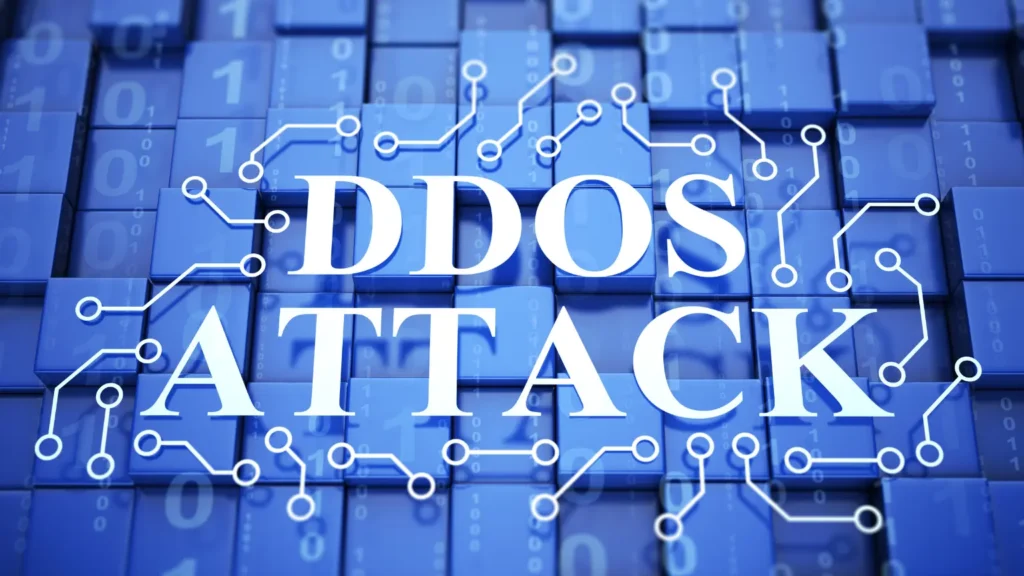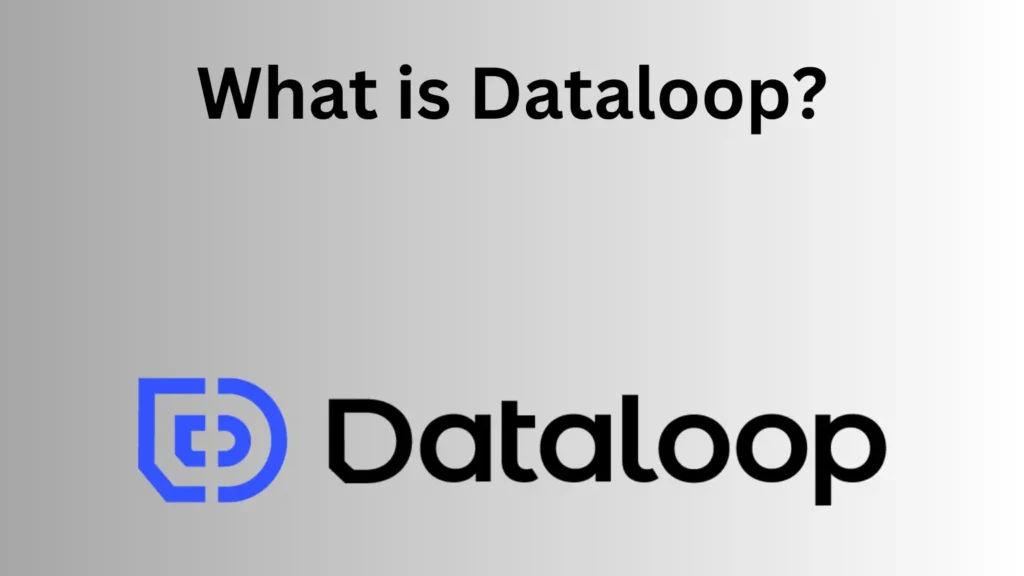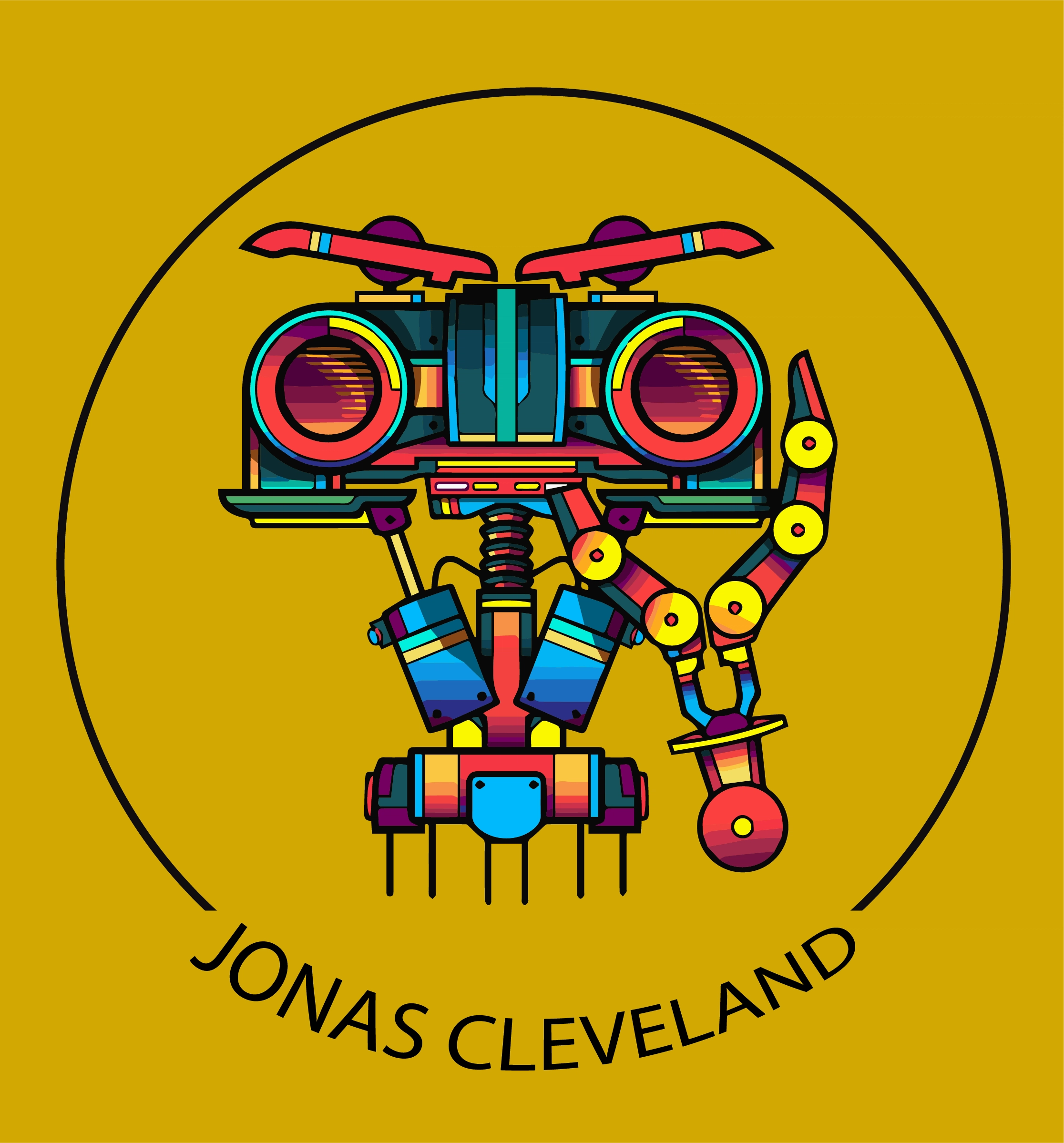How to Mitigate DDoS Attacks: A Comprehensive Guide

Distributed Denial-of-Service (DDoS) attacks are a growing threat to businesses and organizations of all sizes. These attacks can cause significant damage to a company’s reputation, financial stability, and customer trust. In this guide, we will explore the steps you can take to mitigate the impact of a DDoS attack and protect your organization from future attacks. Understanding DDoS Attacks DDoS attacks are a type of cyber attack that aims to disrupt the normal functioning of a website or online service by overwhelming it with traffic. Unlike a traditional Denial-of-Service (DoS) attack, which is carried out by a single computer or network, DDoS attacks are launched from multiple sources, making them much harder to defend against. There are several types of DDoS attacks, including volumetric attacks, protocol attacks, and application-layer attacks. Volumetric attacks are the most common type of DDoS attack and involve flooding a website or network with a large volume of traffic. Protocol attacks target the network infrastructure, while application-layer attacks target specific applications or services. How to Mitigate DDoS Attacks? Preparing for a DDoS Attack The best way to mitigate the impact of a DDoS attack is to prepare for it in advance. This involves developing a comprehensive DDoS response plan that outlines the steps you will take in the event of an attack. Your response plan should include the following: How AI Is Improving Data Management Detecting a DDoS Attack The first step in mitigating a DDoS attack is to detect it as early as possible. There are several indicators that can help you identify a DDoS attack, including: If you notice any of these indicators, it’s important to investigate further to determine if a DDoS attack is underway. You can use network monitoring tools to track network traffic and identify any unusual patterns or spikes in traffic. Responding to a DDoS Attack Once you have detected a DDoS attack, it’s important to respond quickly to minimize the damage. Here are the steps you should take: Mitigating Future DDoS Attacks Bayesian Network vs Neural Network To protect your organization from future DDoS attacks, you should take the following steps: Conclusion DDoS attacks are a growing threat to businesses and organizations of all sizes. By understanding the nature of these attacks and taking proactive steps to prepare for and mitigate them, you can protect your organization from the damaging effects of a DDoS attack. Remember to invest in DDoS mitigation tools and services, conduct regular risk assessments, train your employees, and develop a business continuity plan to ensure that your organization can continue to operate in the event of an attack. FAQs References
How Do Microservices Communicate?

Microservice architecture has become a popular design standard for modern cloud-based software systems. However, managing data communication in microservices remains a challenge, especially when migrating from an existing monolithic system. In this article, we will explore data communication in microservice architecture and discuss the challenges faced and solutions proposed. Microservices Microservices are a popular architectural style for building complex applications. They advocate building an application as a connection of simple services, each performing a single business function. Microservices offer many benefits such as improved fault tolerance, flexibility to choose different technology, the ability to organize teams as per functionality, etc. They are also best suited for cloud deployment due to the utilization and cost benefits associated with deploying and scaling services individually. Therefore, enterprises are increasingly refactoring their legacy monolith application into microservices as part of their journey to the cloud. However, there is little work on how data should be communicated via the APIs. The communication via APIs is non-trivial given that the memory address space and resources are not shared between microservices. Challenges of Microservice Architecture There are several that need to be considered. Best Dataset For Machine Learning in 2023 Data Communication in Microservice Architecture Data communication in microservice architecture refers to the process of exchanging data between different microservices and the original monolith system. Since microservices are independent and can be developed and deployed separately, they need to communicate with each other to perform complex tasks. This communication can happen through various mechanisms such as REST APIs, message queues, and event-driven architectures. Data communication in microservice architecture can be challenging due to the distributed nature of microservices and the need to ensure the consistency and reliability of data across multiple microservices. This requires careful design and implementation of communication protocols, data formats, and error handling mechanisms. How Do Microservices Communicate? Microservices communicate with each other through APIs (Application Programming Interfaces) using lightweight protocols such as HTTP, REST, and messaging systems like Kafka and RabbitMQ.he communication can be synchronous or asynchronous, and can also be event-driven. The choice of communication pattern depends on the specific requirements of the system and the use case. Synchronous communication In synchronous communication, a microservice sends a request to another microservice and waits for a response before proceeding with the next task. This type of communication is useful when the response is required immediately, and the calling microservice cannot proceed without it. Asynchronous communication In asynchronous communication, a microservice sends a request to another microservice and continues with other tasks while waiting for a response. This type of communication is useful when the response is not required immediately, and the calling microservice can proceed with other tasks while waiting for the response. Event-driven communication In event-driven communication, microservices communicate with each other based on events or triggers. For example, a microservice can send a message to another microservice when a new user is registered, and the receiving microservice can perform a specific action based on the message. API Gateway An API Gateway is a central entry point for all microservices in a system. It acts as a reverse proxy and routes requests to the appropriate microservice based on the API endpoint. This approach simplifies the communication between microservices and provides a single point of entry for external clients. Messaging systems Messaging systems like Kafka and RabbitMQ provide a reliable and scalable messaging infrastructure for microservices. They allow microservices to communicate asynchronously and can handle large volumes of data. Training Data vs Validation Data: What is the Difference Conclusion Managing data communication in microservice architecture remains a challenge, but there are solutions available to improve performance and reduce overhead. This article provides valuable insights into the challenges faced and solutions proposed, and highlights the importance of considering data synchronization. By following best practices and continuously monitoring and optimizing data communication, organizations can ensure that their microservice architecture is efficient, scalable, and reliable. FAQs References
What is Voxel51 and What Is It Used For

Voxel51 is a company that provides open-source computer vision tools for machine learning, including FiftyOne, a toolkit that helps improve the quality of datasets and deliver insights about models. Detailed Background Story Voxel51 was founded in 2017 by Jason Corso, a professor of electrical engineering and computer science at the University of Michigan, and Brian Moore, a former student of Corso’s. The company’s name comes from the idea of a “voxel,” a three-dimensional pixel used in computer graphics and imaging. The founders of Voxel51 saw a need for better tools to manage and analyze large datasets in computer vision, particularly in the field of machine learning. They believed that many companies and researchers were struggling to keep up with the volume and complexity of data being generated, and that this was hindering progress in the field. To address this problem, Voxel51 developed FiftyOne, an open source toolkit that enables users to curate better data and build better models. FiftyOne includes tools for data exploration, visualization, and management, as well as features for collaboration and sharing. Today, Voxel51 is a growing company with a team of engineers, data scientists, and other experts working to advance the field of computer vision and machine learning. The company is committed to open source development and collaboration, and its tools are used by tens of thousands of engineers and researchers around the world. Target Customers Voxel51’s target customers are developers, data scientists, and researchers who work with computer vision and machine learning. Their open source toolkit, FiftyOne, is designed to help these professionals improve the quality of their datasets and deliver insights about their models. Additionally, FiftyOne Teams is designed for teams working on computer vision projects who need to securely collaborate on datasets in the cloud. Voxel51’s products are used by a wide range of industries, including automotive, healthcare, and robotics, among others. Capital Raised, Estimated Revenue Voxel51 has raised $15.8 million to date, as of the time of the article’s publication. As the primary product revenue is yielded through its collaboration tool for managing datasets, it is not clear how substantial the revenue is to date. Products and Services Competitors There are several companies that offer similar products and services to Voxel51. Some of Voxel51’s competitors in the computer vision and machine learning space include: Pros and Cons of Voxel51 Pros Cons
What is Dataloop? Its Uses, Features and Competitors

Dataloop is a cutting-edge platform renowned for its prowess in data management, image recognition, and AI-driven solutions. Delve further into our exploration to uncover the nuances and distinctive attributes that position Dataloop at the forefront of technological innovation. Background Story Dataloop is a Tel Aviv-based startup that was founded in 2017 by Eran Shlomo, Or Garini, and Or Lenchner. The company specializes in helping businesses manage the entire data life cycle for their AI projects, including data annotation, management, and validation. Dataloop’s founders have a background in computer vision and machine learning, and they have previously worked with organizations such as the Israeli Defense Forces and Intel. Target Customers Dataloop’s platform is designed to serve a wide range of industries, including: The company’s target customers are businesses that are looking to build real-world artificial intelligence (AI) solutions but are struggling with data labeling limitations and a lack of real-time validation. Dataloop’s platform is agnostic to the vertical its customers are in, and it can be customized to meet the specific needs of each customer. Dataloop has already attracted some high-profile customers, including Intel, Samsung, and ViSenze. These companies have used Dataloop’s platform to manage and annotate their visual data, which has helped them to improve the accuracy and efficiency of their AI models. What is DataRobot? Capital Raised, Estimated Revenue Dataloop has raised a total of $16 million in funding to date. This includes a $5 seed round that was previously unreported, as well as an $11 million Series A round that recently closed. The Series A round was led by Amiti Ventures, with participation from F2 Venture Capital, crowdfunding platform OurCrowd, NextLeap Ventures, and SeedIL Ventures. Dataloop has not disclosed its estimated revenue, but the company has stated that it will use the new funding to grow its presence in the U.S. and European markets and build out its engineering team. Products and Services Dataloop’s platform offers a range of services, including: Quality Automation Image Annotation Natural Language Annotation Recognition Type Labeling Competitors Dataloop operates in a competitive market, with several other companies offering similar services. Some of Dataloop’s competitors include: What is Scale AI? Pros and Cons of Dataloop Pros Cons
